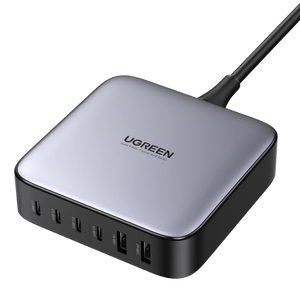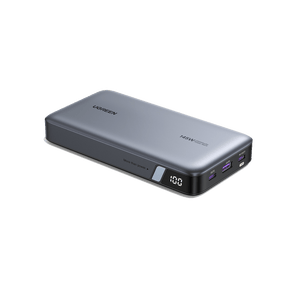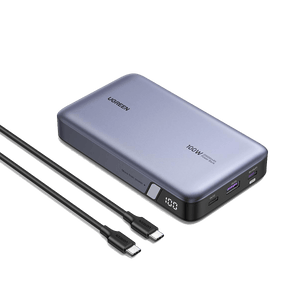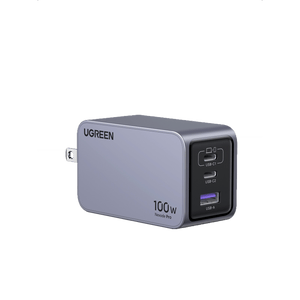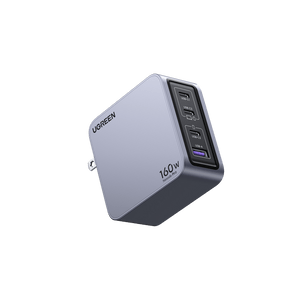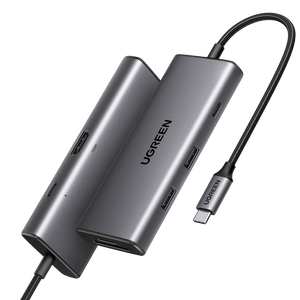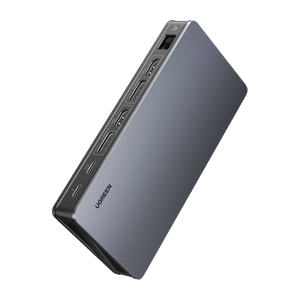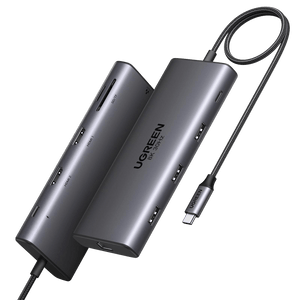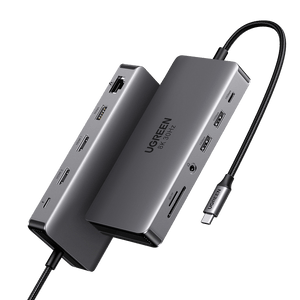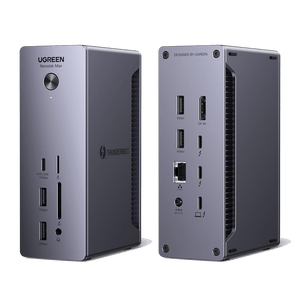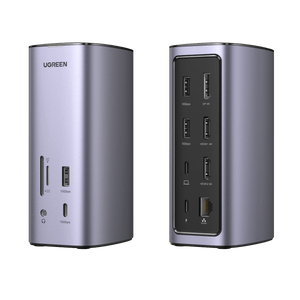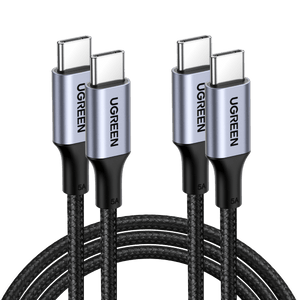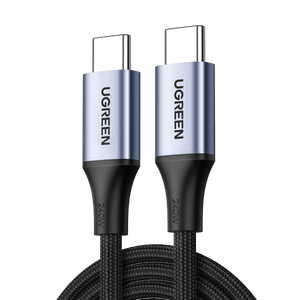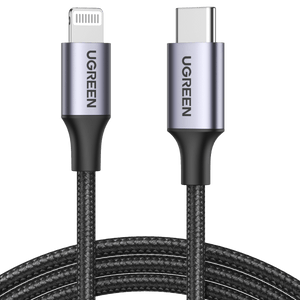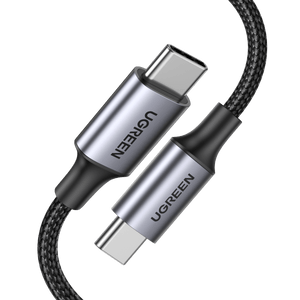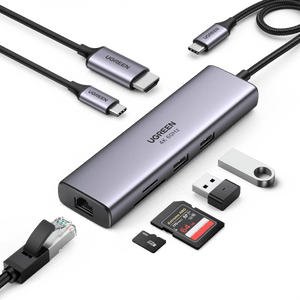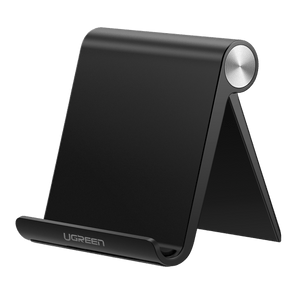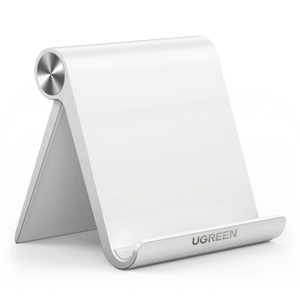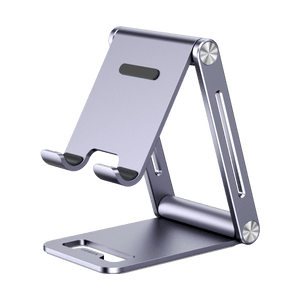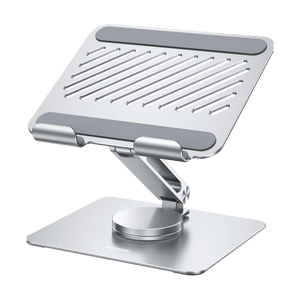Powered Docking Stations | Connect All Devices
UGREEN Revodok Max 13-in-1 Thunderbolt 4 Docking Station
Expand Connectivity and Port Diversity
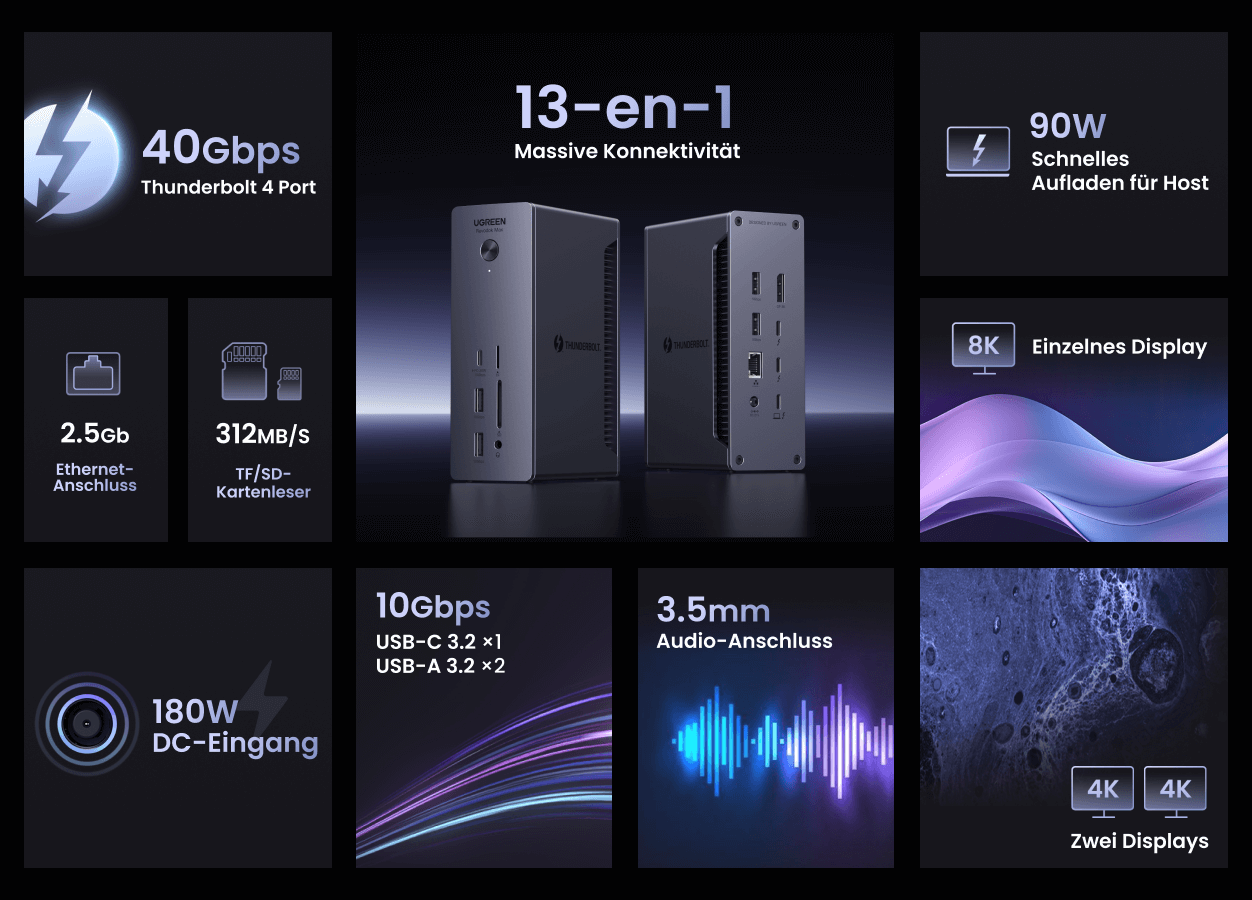
Charging Capabilities
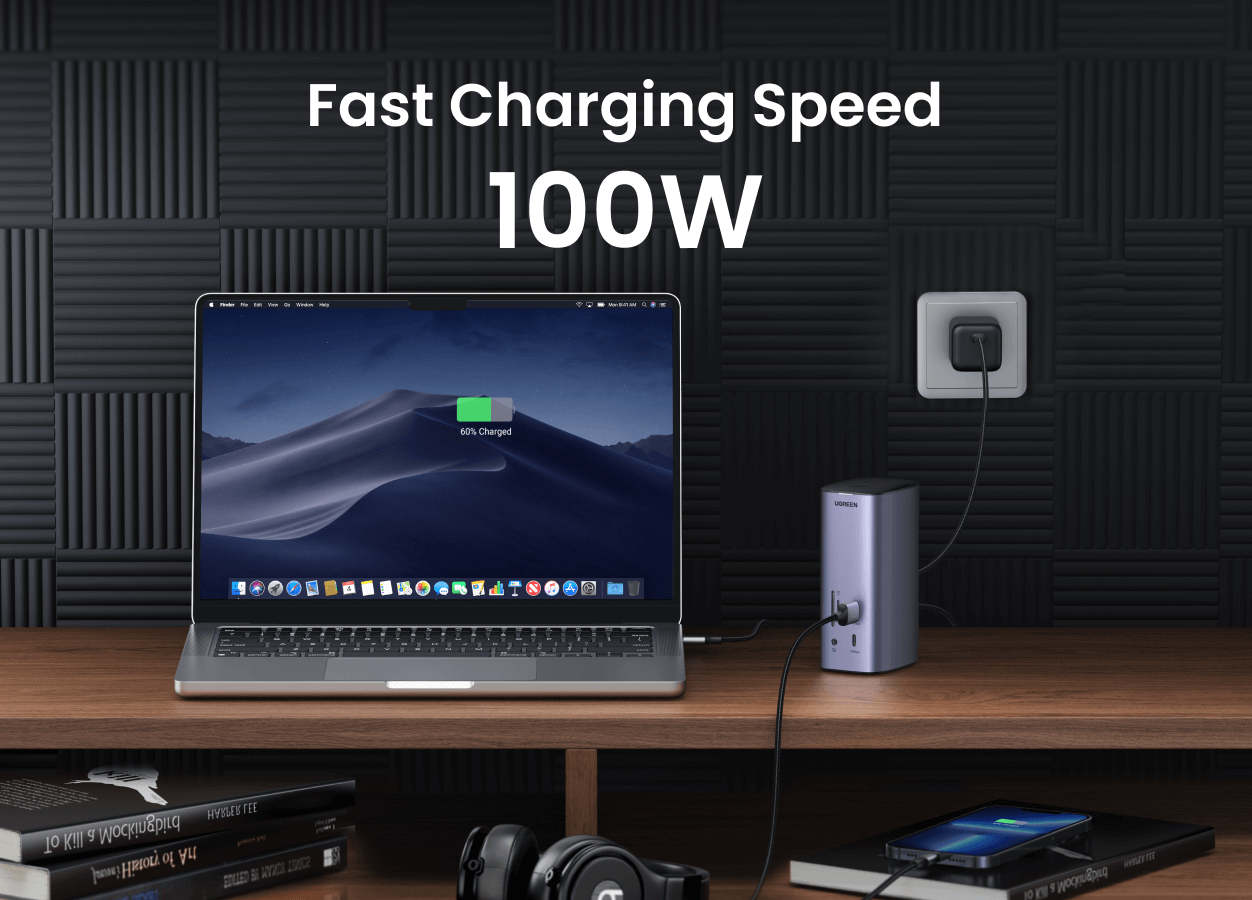
Use Multiple Screens with Sharp, Clear Picture Quality
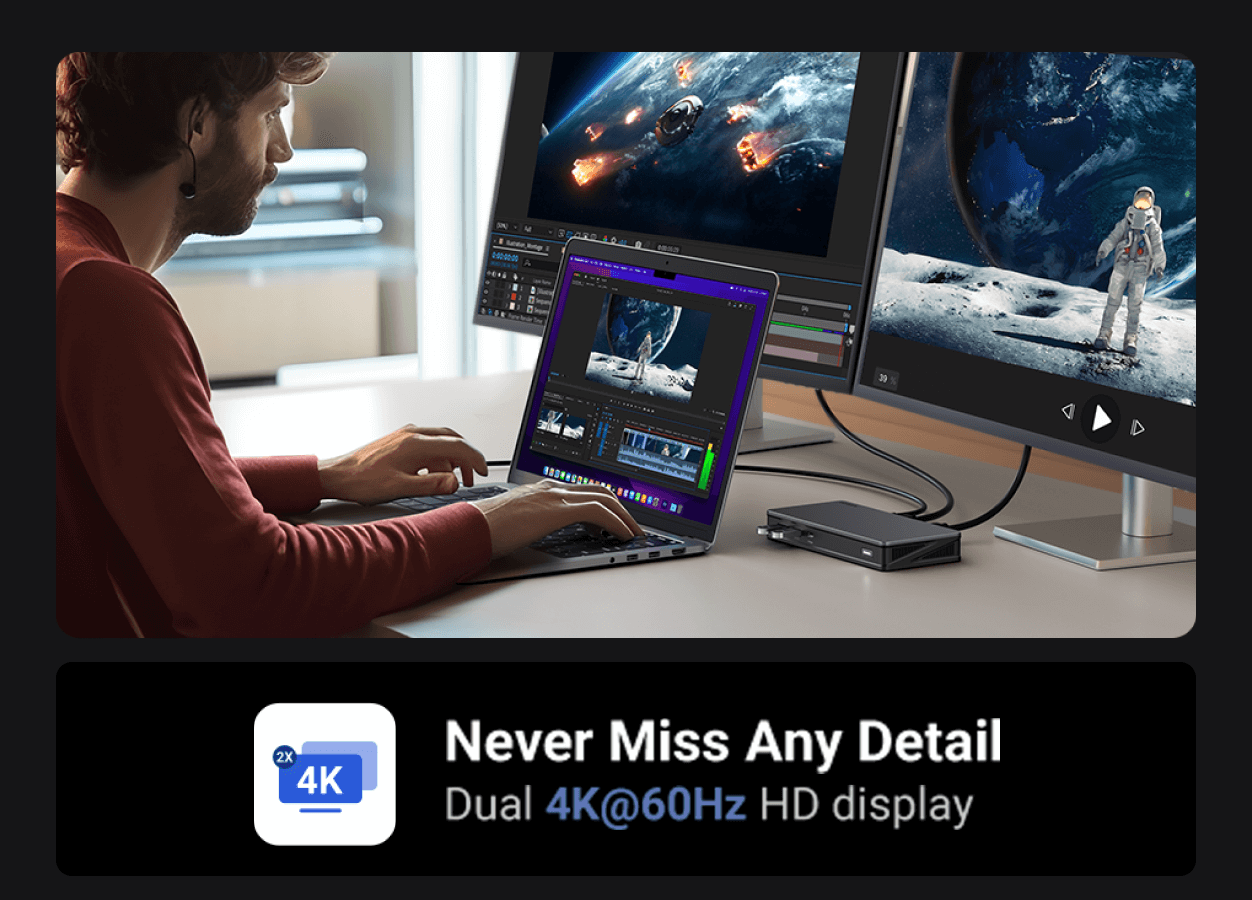
Professional Integration
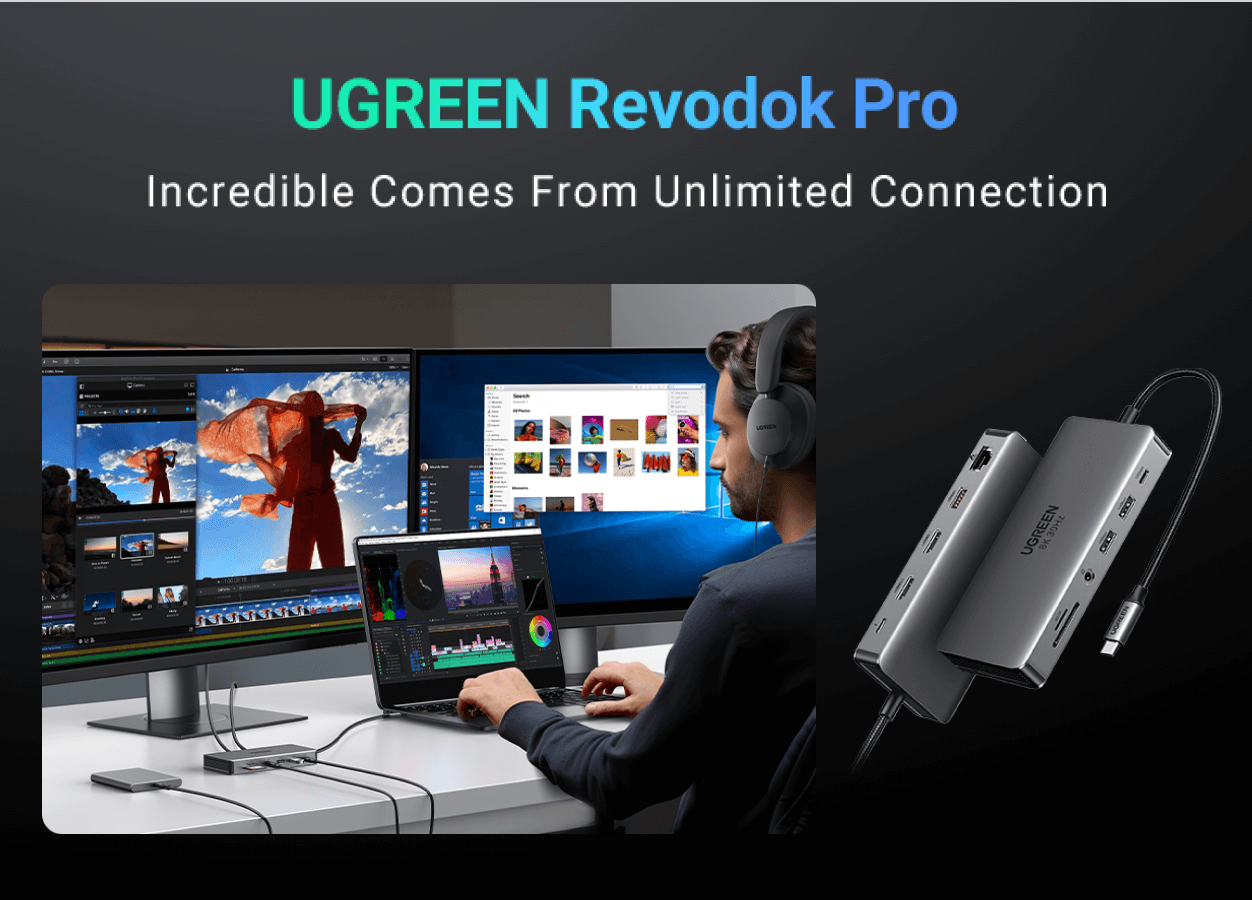
FAQ
What is a docking station?
A docking station, also known as a port replicator, is an external device designed for portable mobile electronic devices, primarily laptops. By replicating and expanding the ports of a laptop, it facilitates the convenient connection of the laptop to multiple accessories or external devices, such as power adapters, Ethernet cables, mice, external keyboards, printers, and external monitors, in a single-step process.
What does a docking station do?
Docking stations provide various functions to enhance the functionality of laptops or mobile computing devices. Some common features include:
1. Expanded Connectivity: Docking stations offer additional ports and connectors beyond what's available on the laptop, such as USB ports, HDMI or DisplayPort for external monitors, Ethernet for wired network connections, and audio jacks.
2. Single Connection Point: Users can connect multiple peripherals to the docking station, simplifying the process of docking and undocking their laptop with just one cable connection.
3. Charging Capability: Many docking stations come with charging capabilities, allowing users to charge their laptops while connected to the docking station.
4. Ergonomic Benefits: Some docking stations are designed to raise the laptop to a more comfortable viewing angle and provide better airflow for cooling, which can improve ergonomics and reduce strain during extended use.
5. Multi-Monitor Support: Docking stations with multiple video outputs enable users to connect multiple monitors to their laptop, expanding screen real estate for multitasking and productivity.
6. Data Transfer: Docking stations facilitate high-speed data transfer between the laptop and connected peripherals, allowing for faster file transfers and access to external storage devices.
7. Peripheral Management: Users can easily connect and disconnect peripherals like external hard drives, printers, scanners, and keyboards to the docking station without the need to plug and unplug individual cables from the laptop.
What features are essential in a docking station for home offices?
In a docking station for home offices, the following features are essential:
1. Multiple Port Connectivity: The docking station should offer an adequate number and variety of ports to connect monitors, keyboards, mice, printers, Ethernet, and other peripherals.
2. High-Resolution Video Output: It should support high-resolution video output to connect external monitors, providing a clear workspace.
3. Charging Capability: If home office usage involves prolonged laptop usage, the docking station should have charging capabilities to ensure devices remain powered throughout the workday.
4. Fast Data Transfer: The docking station should support fast data transfer speeds for quick access to external storage devices and other high-speed peripherals.
5. Audio Support: If external audio devices like speakers or headphones are needed, the docking station should provide corresponding audio ports.
6. Stable Connection: The docking station should have stable connectivity to ensure devices remain connected without interruptions during extended usage.
7. Compact Design: For users with limited home office space, the docking station should have a compact design to minimize desktop footprint.
8. Compatibility: The docking station should be compatible with various devices and operating systems to accommodate the diverse needs of home office setups.
What is the difference between USB hub and docking station?
Docking stations and USB hubs differ in several ways:
1. Functionality: Docking stations serve as a comprehensive docking solution for laptops or mobile devices, offering additional ports, charging capabilities, and sometimes even video output options. USB hubs, on the other hand, primarily focus on expanding the number of USB ports available on a device.
2. Port Variety: Docking stations typically offer a wider variety of ports, including USB, HDMI, DisplayPort, Ethernet, audio jacks, and sometimes even SD card slots. USB hubs mainly provide additional USB ports.
3. Charging Support: Many docking stations come with charging capabilities, allowing users to charge their laptops or mobile devices while connected. USB hubs generally do not include charging functionality.
4. Video Output: Some docking stations support video output options like HDMI or DisplayPort, enabling users to connect external monitors. USB hubs typically do not provide video output capabilities.
5. Integration: Docking stations are designed to seamlessly integrate with laptops or mobile devices, often featuring a single-cable connection for convenience. USB hubs are standalone devices that connect to a device's existing USB port.
What gets plugged into a docking station?
A variety of external devices can be plugged into a docking station, depending on the available ports and connectors it offers. Common devices that can be connected to a docking station include:
1. Monitors: External monitors can be connected via HDMI, DisplayPort, VGA, or other video output ports.
2. Keyboard and Mouse: External keyboards and mice can be connected via USB ports or dedicated keyboard and mouse ports.
3. Printers and Scanners: External printers and scanners can be connected via USB ports.
4. External Storage Devices: External hard drives, flash drives, or SD card readers can be connected via USB ports.
5. Network Connection: Wired network connections can be established through Ethernet ports.
6. Audio Devices: External speakers, headphones, or microphones can be connected via audio jacks.
Can gaming peripherals connect to laptop docking stations?
Yes, gaming peripherals can typically connect to laptop docking stations, provided that the docking station has the necessary ports and connectors to support them. Most docking stations include USB ports, which can accommodate gaming keyboards, mice, controllers, and other peripherals. Additionally, if the docking station supports high-resolution video output, it can also connect to gaming monitors for an enhanced gaming experience. Overall, as long as the docking station offers the required connectivity options, gaming peripherals can be easily integrated into the setup.
How to connect two monitors to a laptop with a docking station
To connect two monitors to a laptop using a docking station, follow these steps:
1. Check the Docking Station: Ensure that your docking station supports dual monitor setup. Look for multiple video output ports such as HDMI, DisplayPort, or VGA.
2. Connect the First Monitor: Use an appropriate cable (HDMI, DisplayPort, or VGA) to connect the first monitor to one of the video output ports on the docking station. Plug one end of the cable into the monitor and the other end into the docking station.
3. Connect the Second Monitor: Repeat the process to connect the second monitor to the docking station, using a different video output port than the first monitor. Make sure to use the appropriate cable and connect it securely.
4. Configure Display Settings: Once both monitors are connected, go to your laptop's display settings. You can usually access this by right-clicking on the desktop and selecting "Display settings" or "Screen resolution." Here, you can configure the display settings to extend or duplicate your desktop across the two monitors.
5. Adjust Monitor Arrangement: You may need to adjust the arrangement of the monitors in the display settings to match their physical layout on your desk. You can drag and drop the monitor icons to rearrange them accordingly.
6. Apply Changes: After configuring the display settings, make sure to apply the changes. Your laptop should now recognize and display content across both monitors simultaneously.
Are docking stations compatible with all laptops?
No, docking stations are not compatible with all laptops. Compatibility depends on various factors, including the model of the docking station, types of ports, and specifications of the laptop. To ensure compatibility, it is recommended that users carefully review the specifications and compatibility information of the docking station before purchase, and compare them with the port types and operating system requirements of their laptop.
What is the difference between Thunderbolt 4 and USB-C docking station?
The main differences between Thunderbolt 4 and USB-C docking stations are:
1. Data Transfer Speed: Thunderbolt 4 offers faster data transfer speeds (up to 40 Gbps) compared to USB-C docking stations (typically up to 10 or 20 Gbps).
2. Power Delivery: Thunderbolt 4 supports higher power delivery (up to 100W) for faster charging, while USB-C docking stations may have lower power delivery capacities.
3. Video Output: Thunderbolt 4 supports higher-resolution displays and multiple monitors, whereas USB-C docking stations may have limitations in display resolution and multi-monitor support.
4. Advanced Features: Thunderbolt 4 supports features like daisy-chaining multiple devices and is backward compatible with USB-C devices, whereas USB-C docking stations may not support Thunderbolt 4 devices.
Discover UGREEN's Docking Station
UGREEN's Docking Station is a device used to connect laptops or tablets to external monitors, keyboards, mice, and other peripherals. It provides additional ports and connection options, allowing you to connect multiple devices to a computer and expand your workspace. UGREEN Docking Stations typically feature multiple USB ports, HDMI or DisplayPort outputs, Ethernet ports, and more, enhancing work efficiency and simplifying device connectivity.









